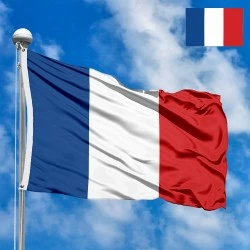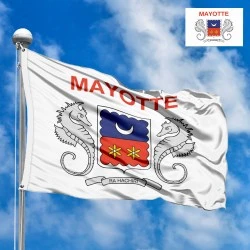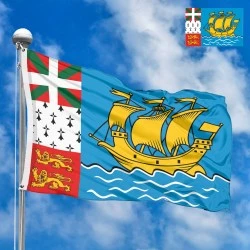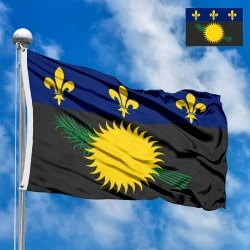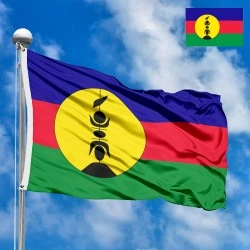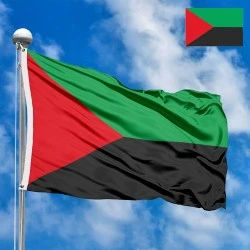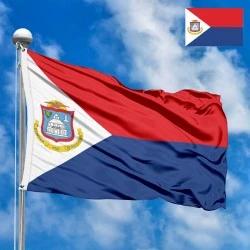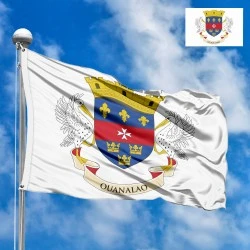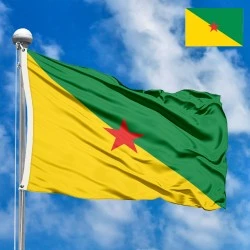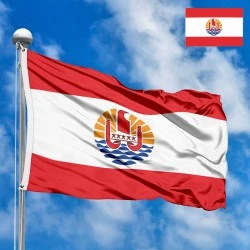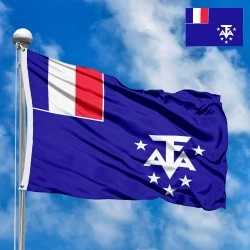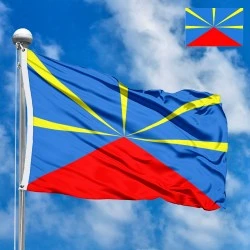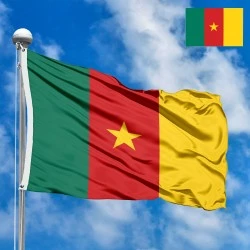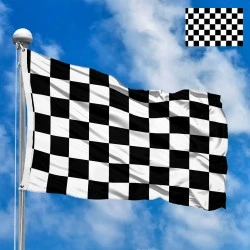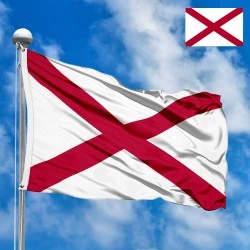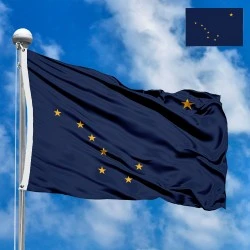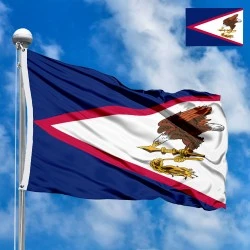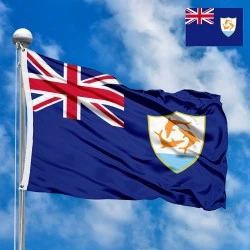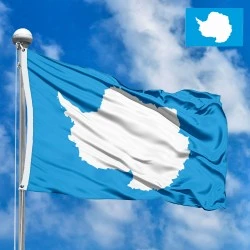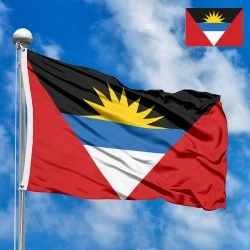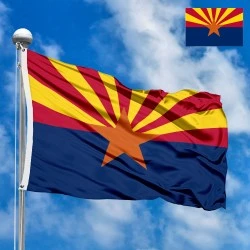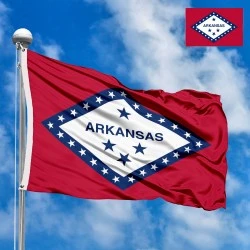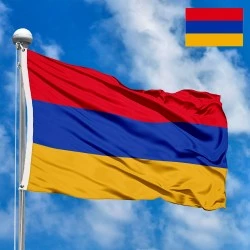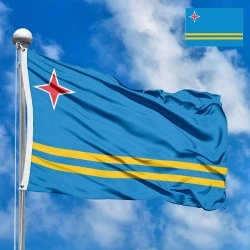Flag of Wallis and Futuna
- Flag Type: Regional
- Proportions (official): 2:3
- Official name: Territory of the Wallis and Futuna Islands
- Local name: Wallis and Futuna, Uvea mo Futuna
- Sovereignty (year): NO (Overseas collectivity of France)
- Member of Organizations: Pacific Community
- Country code, territory: WF, WLF, 876
- Capital: Mata-Utu
- Population: 11,500 (2024, estimate)
- Religions: Catholicism ~99%
- Area (km²): 142
- Highest point: Mount Puke (524 m)
- Lowest point: Pacific Ocean (0 m)
- Currency: CFP franc (XPF, F)
- Languages: French, Wallisian, Futunan
- Dialing code: +681
- National domain: .wf
Flag Information
General information
Demography and Culture
Economy and communications
- All Flags
- Flags of Countries by Continent
-
Flags of Organizations
- Flags of UN countries
- Flags of the European Union countries
- Flags of NATO countries
- Flags of the countries of the Organization of Islamic Cooperation
- Flags of the countries of the Organization of American States
- Flags of the Arab League countries
- Flags of the African Union countries
- Flags of the countries of the Union of South American Nations
- Flags of the Commonwealth of Nations
- Flags of the countries of the Secretariat of the Pacific Community
- Flags of the Nordic Council countries
- Flags of the Caribbean Community
- Flags of the countries of the Association of Southeast Asian Nations
- Flags of the East African Community
- Flags of the countries of the Organization of Turkic States
- LGBT Community Flags
- Historical Flags
- Ethnic Flags
- Flags of the USA (states)
Description
The territory of Wallis and Futuna is a unique overseas collectivity of France in the South Pacific, known for its rich Polynesian culture and its traditional monarchies. Like its political status, the flag situation of the islands is distinctive, featuring a duality that represents both its local identity and its ties to France. While the official flag for all governmental purposes is the French Tricolore, the local flag, with its vibrant red field and unique design, is the widely recognized symbol of the islands and their people.
The Design and Symbolism of the Local Flag
The local, unofficial flag of Wallis and Futuna is a powerful emblem of the islands' heritage and their connection to the wider world. Its design is both simple and rich in meaning:
-
Red Field: The flag's background is a striking red, a color of great significance in many Polynesian cultures. It is often associated with royalty, power, and courage. In the context of the flag, it can be interpreted as representing the bravery of the people, the deep cultural roots, and the sovereignty of the local traditional kingdoms.
-
White Square with Red Cross: Located on the fly side of the flag, a prominent white square contains a red stylized cross. This emblem is a key part of the islands' local identity. The cross is traditionally interpreted as a simplified form of the Maltese Cross or a variation of the Cross of Saint Andrew, often associated with a historical mission or the influence of the Christian faith. It can also be seen as a symbol of the local royal family, known as the "Lavelua" in the Kingdom of Uvea (Wallis Island). The white color surrounding the cross typically represents purity, peace, and the values of the community.
-
French Tricolore Canton: In the upper left corner, the flag of France—the blue, white, and red vertical tricolor—is prominently displayed. This element is the most direct symbol of the political relationship between the islands and the French Republic. It signifies that Wallis and Futuna is an overseas collectivity of France, subject to French law and governance. The inclusion of the French flag in the canton is a testament to the territory's constitutional status and a reminder of its historical evolution from a French protectorate.
This dual-flag system elegantly balances the representation of local culture and history with the political reality of being a part of France. The local flag serves as a vibrant visual expression of the unique identity of the Wallisian and Futunan people.
History and Adoption
The local flag’s origins are deeply rooted in the history of the Kingdom of Uvea on Wallis Island. The original design, consisting of a plain red field with a white St. Andrew's cross, dates back to the mid-19th century. It was the royal banner of the King of Uvea. In 1887, when the island of Uvea became a French protectorate, the design was modified to incorporate the French flag in the canton, symbolizing the new political arrangement.
The other two traditional kingdoms, Sigave and Alo on Futuna Island, also have their own traditional flags, which are variations of the local flag's design. However, the flag with the white square and red cross is the one that has been adopted for the entire territory and is the most widely used and recognized symbol. This demonstrates a shared identity and unity among the islands. The local flag's adoption was not a formal parliamentary or governmental act but rather an evolution and a continued acceptance by the traditional authorities and the local population.
The official status of the French Tricolore was confirmed in 1961 when the islands became a French overseas territory, and later an overseas collectivity in 2003. Despite the official use of the French flag, the local flag has never been abandoned and remains an indispensable part of the cultural and social life of the islands.
Meaning for the Residents
For the inhabitants of Wallis and Futuna, the local flag holds immense cultural and emotional significance. It is a symbol of their heritage, their traditional way of life, and their distinct Polynesian identity. It represents the strength and resilience of their traditional monarchies, which still play a vital role in local governance and community life. The flag is proudly displayed during local ceremonies, cultural events, and festivals, serving as a powerful reminder of who they are and where they come from. The presence of the French flag in the canton is not seen as a subordination, but rather as an acknowledgment of their political status and the benefits of being part of the French Republic, while preserving their own unique cultural traditions. It is a symbol of a harmonious relationship between two different cultures and systems of governance.
Interesting Facts
-
Wallis and Futuna is comprised of two main island groups, Wallis and Futuna, and approximately 20 uninhabited islets.
-
The territory has a unique political system, being a French collectivity while also having three traditional kingdoms: Uvea on Wallis Island, and Alo and Sigave on Futuna Island. The kings of these kingdoms hold significant power and are an integral part of the government.
-
The islands are renowned for their traditional art forms, particularly Tapa cloth making and intricate wood carvings.
-
The local flag’s design is often seen on traditional homes, public buildings, and in cultural celebrations, far more frequently than the official French flag, especially in rural areas.
-
The capital, Mata-Utu, is located on Wallis Island. The islands are home to a vibrant community that speaks Wallisian and Futunan languages alongside French, reflecting their dual cultural identity.
In the demonstration images, full-size flags are shown with proportions of 2:3, and hand-held flags with proportions of 1:2.
Donation
Download
Completely free for commercial and non-commercial use (public domain).
You can freely use them in your news magazines, websites, software, mobile applications.
We appreciate a backlink to https://flagssite.com
Raster files - Flag of Wallis and Futuna (PNG, JPG)
 Waving flag
Waving flag
- PNG format (transparent background), 72dpi, dimensions in Pixels (px), aspect ratio 3:4.
- 15х20 px
- 30х40 px
- 60х80 px
- 120x160 px
- 240x320 px
 Sizes:
Sizes:
"v15" - image size (by height); if necessary, replace with available: v15, v30, v60, v120, v240.
!!! For resizing, use the Latin (eng) keyboard layout.
<img src="https://flagssite.com/flags/v15/20724.png" alt="Flag of Wallis and Futuna">
 Round flag
Round flag
- PNG format (transparent background), 72dpi, dimensions in Pixels (px), aspect ratio 1:1.
"d15" - image size (diameter); if necessary, replace with available: d15, d30, d60, d120, d240.
!!! For resizing, use the Latin (eng) keyboard layout.
<img src="https://flagssite.com/flags/d15/20724.png" alt="Flag of Wallis and Futuna">
 Rectangular flag 2:3
Rectangular flag 2:3
- JPG format, 72dpi, dimensions in Pixels (px), aspect ratio 2:3.
"h30" - image size (by height); if necessary, replace with available: h15, h30, h60, h120, h240, h360, h480.
!!! For resizing, use the Latin (eng) keyboard layout.
<img src="https://flagssite.com/flags/h30/20724.jpg" alt="Flag of Wallis and Futuna">

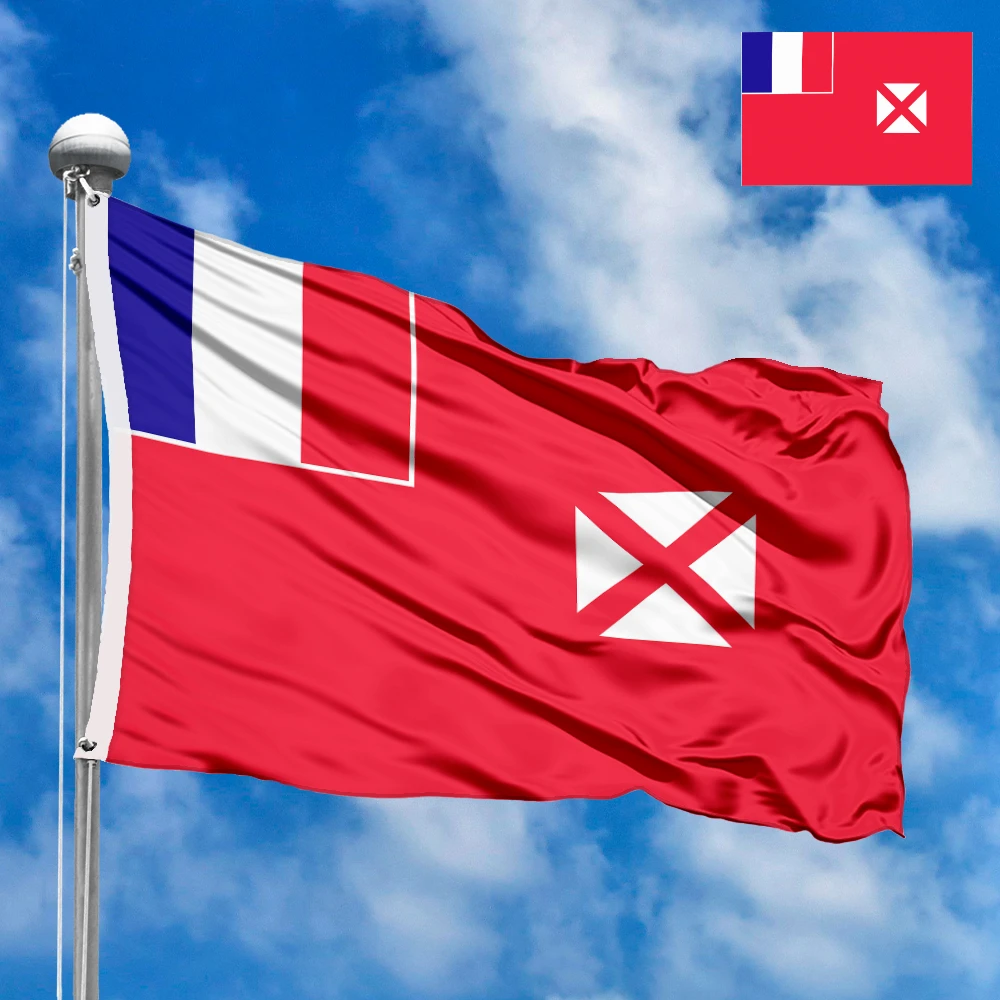
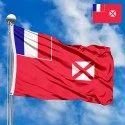
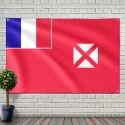
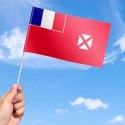
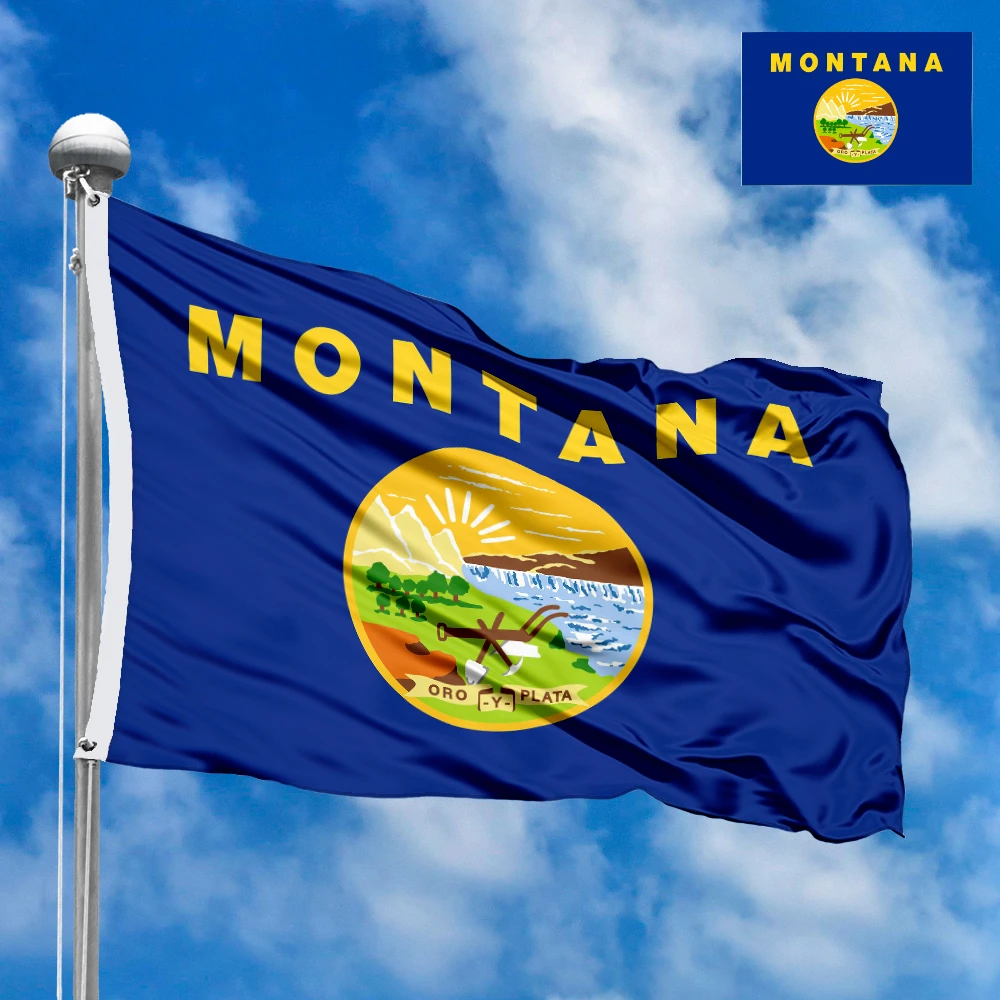
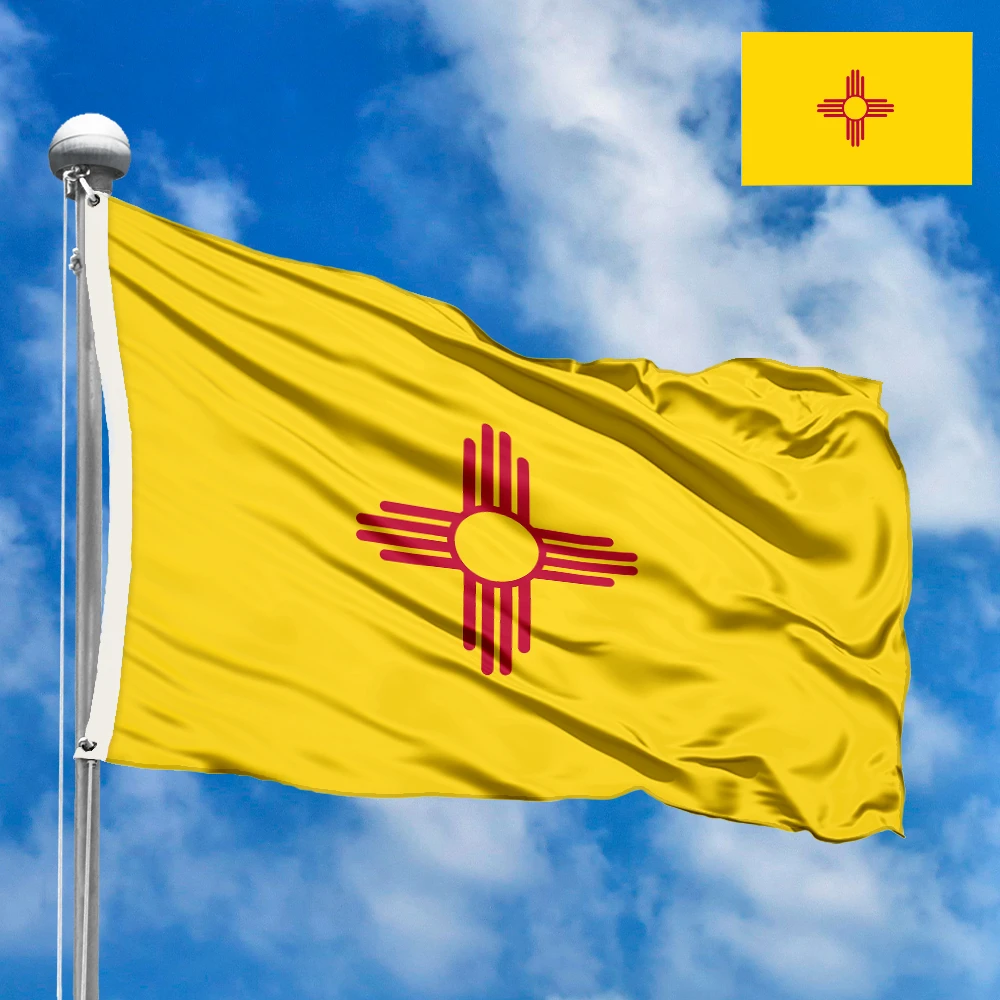


 Sizes:
Sizes:
 Sizes:
Sizes:
